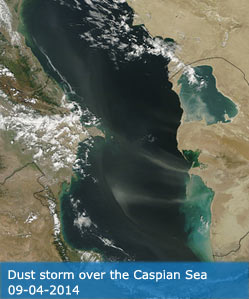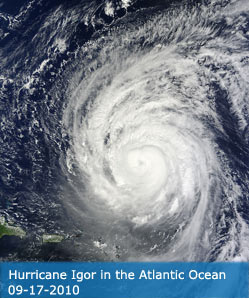Science Team
Publications
Bharghavi, K; Kapa, H; Reddy, TL; Rajesh, P; Reddy, KK (2025). Long-term drought characterization: A spatiotemporal analysis in Rayalaseema, southern peninsular India. JOURNAL OF ATMOSPHERIC AND SOLAR-TERRESTRIAL PHYSICS, 269, 106467.
Abstract
The unique combination of features in Andhra Pradesh's Rayalaseema region makes it an ideal location for drought studies. These features include hilly terrain, a semi-arid climate with the lowest rainfall in India, and the influence of both the Southwest and Northeast monsoons. Rainfall is a fundamental metric for water availability, while temperature plays a pivotal role in regulating evapotranspiration rates. Understanding their trends is crucial since both factors are integral in delineating drought conditions. This study delves into the drought dynamics of the Rayalaseema region from 1961 to 2021, employing meteorological drought indices: the standardized precipitation evapotranspiration index (SPEI) and the standardized precipitation index (SPI). In order to achieve this, rainfall data was retrieved from the archives of the India Meteorological Department (IMD), while temperature data was sourced from ERA-5 (the fifth-generation European Centre for Medium-Range Weather Forecasts reanalysis). In order to assess the significance of drought characteristic trends across various temporal and spatial scales, the Mann-Kendall trend test and Sen's slope estimator techniques were applied. Rainfall patterns varied significantly, with Kurnool receiving the highest and Anantapur the lowest, while temperatures steadily increased, peaking in the sixth decade, especially in Kadapa, Kurnool, and Chittoor, with June being the warmest month. Rainfall trends shifted from negative to positive, with Kurnool and Chittoor experiencing significant increases, while Kadapa and Anantapur continued to face negative trends. Drought conditions, as measured by SPI and SPEI, were frequent, particularly in the first three decades, with a shift towards wetter conditions in later decades. The SPEI trends revealed rising drought severity, exacerbated by increasing temperatures, particularly in Kurnool and Kadapa. Nonetheless, both indices effectively capture significant drought events, with SPEI detecting more severe drought occurrences than SPI.
DOI:
10.1016/j.jastp.2025.106467
ISSN:
1879-1824




